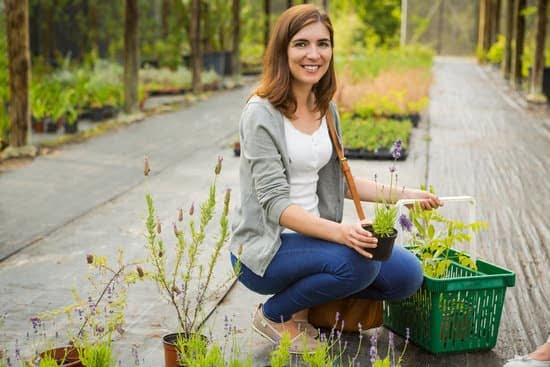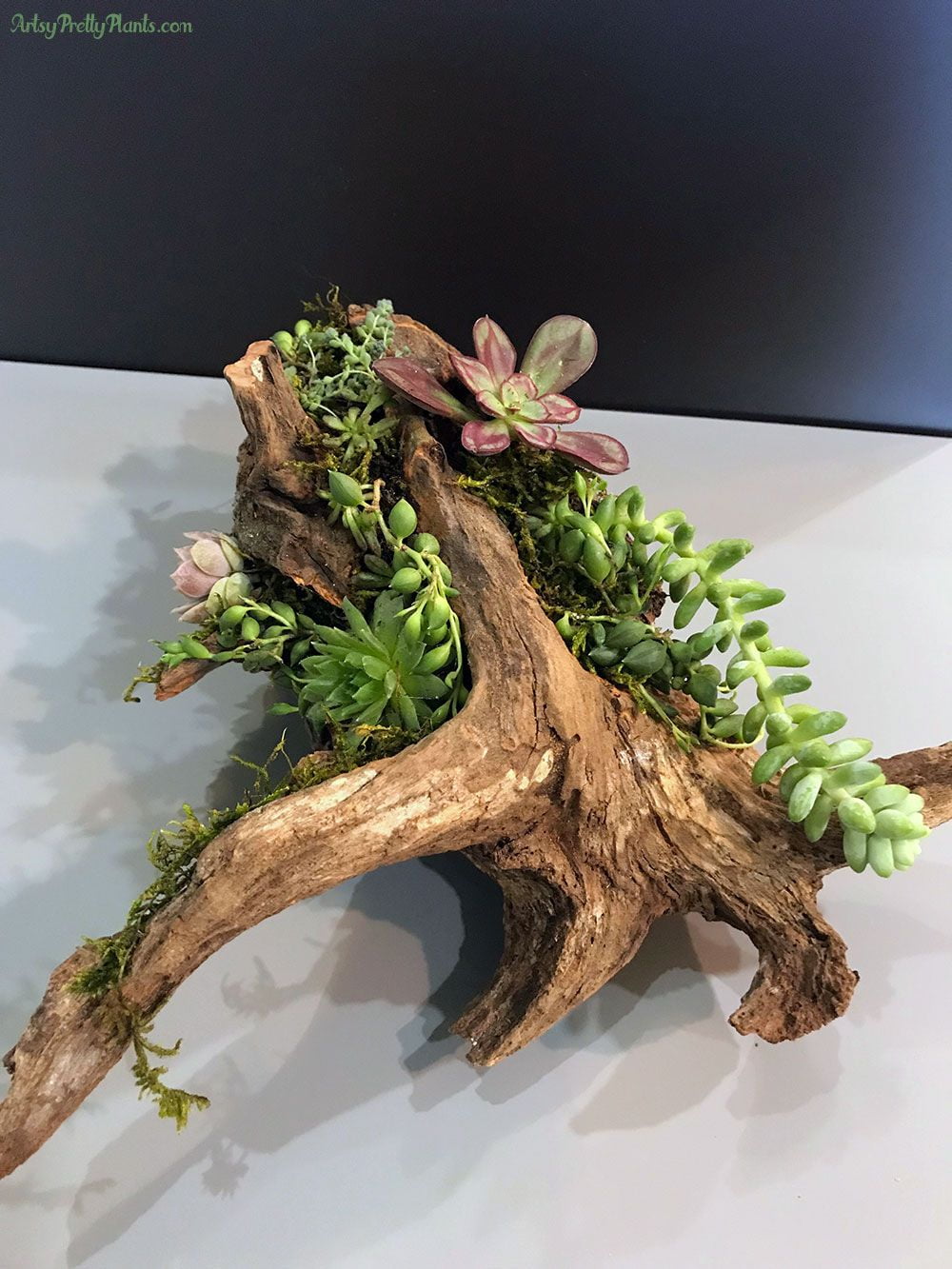Are you looking to start a garden but not sure where to begin? Whether you’re a seasoned gardener or just starting out, this article is filled with gardening tips and ideas to help you make the most of your green space. From choosing the right plants for your garden to maintaining a healthy garden, creating beautiful and functional garden designs, seasonal gardening tips, sustainable gardening practices, and troubleshooting common problems, this beginner’s guide has got you covered.
Gardening is not just about planting pretty flowers or growing delicious fruits and vegetables – it offers countless physical, mental, and emotional benefits. Gardening allows you to connect with nature, reduce stress, get some exercise, beautify your surroundings, and even provide nutritious food for yourself and your family. But before getting started with your garden project, it’s important to gather essential tools and supplies that can help make your gardening experience more enjoyable and successful.
Understanding your climate and soil type is crucial when it comes to choosing the right plants for your garden. This section will discuss popular plants for beginner gardeners as well as provide tips for selecting the right plants based on their needs and your personal preferences. So grab your gardening gloves and get ready to dive into the wonderful world of gardening.
Choosing the Right Plants for Your Garden
Understanding Your Climate and Soil Type
Before choosing the plants for your garden, it’s important to understand the climate and soil type of your location. Different plants thrive in different conditions, so it’s essential to choose plants that are well-suited to your specific environment.
Research the average temperature, rainfall, and sunlight in your area to determine which plants will flourish in your garden. Additionally, test the pH level and texture of your soil to identify what types of plants will grow best in your garden.
Popular Plants for Beginner Gardeners
For those new to gardening, it’s best to start with low-maintenance plants that are easy to grow and care for. Some popular options for beginner gardeners include tomatoes, peppers, lettuce, sunflowers, marigolds, and zinnias. These plants are relatively resilient and forgiving, making them great choices for those who are just starting out with their gardens.
Tips for Selecting the Right Plants
When selecting plants for your garden, consider factors such as sunlight requirements, water needs, and spacing. Be mindful of how much space you have available and choose plants that won’t overcrowd each other as they grow. Additionally, mix different types of plants to create a diverse and balanced garden ecosystem. By choosing a variety of flowers, vegetables, and herbs with staggered blooming periods, you can ensure a lively and vibrant garden throughout the growing season.
As you embark on this exciting gardening journey, these tips for selecting the right plants will help you make informed choices that result in a thriving and beautiful garden space. Remember to take into account your local climate and soil type while choosing from popular plant options that are well-suited for beginners.
By carefully selecting your plants based on their specific requirements and considering their compatibility with each other in terms of space and growth patterns, you can create a harmonious garden that brings joy and satisfaction throughout the seasons.
Gardening Tips for Maintaining a Healthy Garden
Maintaining a healthy garden is essential for the success of any gardening project. Proper care and maintenance will ensure that your plants thrive and flourish, providing you with beautiful blooms and a bountiful harvest. In this section, we will discuss essential gardening tips for watering and irrigation techniques, soil preparation and fertilization, as well as pest and weed control strategies.
Watering is crucial for the health of your plants, but it’s important to water them properly. Overwatering can lead to root rot and other problems, while underwatering can cause stress and stunted growth. To ensure that your plants receive the right amount of moisture, it’s best to water them deeply but less frequently. Consider investing in a soaker hose or drip irrigation system to provide consistent and efficient watering for your garden.
In addition to proper watering, soil preparation and fertilization are key components of maintaining a healthy garden. Before planting, make sure that your soil is well-drained and rich in nutrients. You can improve the quality of your soil by adding organic matter such as compost or aged manure. Fertilize your plants regularly with a balanced fertilizer to ensure that they have access to essential nutrients for robust growth.
Finally, pest and weed control are important aspects of garden maintenance. Keep an eye out for common garden pests such as aphids, snails, and caterpillars, and take steps to eliminate them using natural or organic methods whenever possible. Regular weeding is also necessary to prevent unwanted plants from competing with your desirable ones for water and nutrients.
| Gardening Tips | Maintaining a Healthy Garden |
|---|---|
| Proper watering techniques | Deep watering but less frequent |
| Soil preparation | Well-drained soil rich in nutrients |
| Pest control strategies | Eliminating pests using natural or organic methods |
Creating a Beautiful and Functional Garden Design
Planning and Layout
When it comes to creating a beautiful and functional garden, planning and layout are essential. Consider the space you have available, the amount of sunlight different areas receive, and any existing features such as trees or structures. A well-thought-out plan will help you make the most of your garden space and create a design that works for your needs.
Incorporating Color and Texture
Adding color and texture to your garden can greatly enhance its appeal. Choose plants with different bloom times to ensure year-round interest, and consider foliage plants for added texture. Don’t be afraid to experiment with different color combinations to create visual interest throughout the seasons.
Maximizing Space With Vertical and Container Gardening
If you have limited space, vertical gardening and container gardening are excellent options for maximizing your planting area. Use trellises, arbors, or wall-mounted planters to grow climbing plants or vines vertically. Additionally, containers allow you to grow plants in small spaces such as patios or balconies. Get creative with your use of space to achieve a beautiful and functional garden design.
By incorporating these tips into your gardening efforts, you can create a beautiful and functional garden that meets your needs while adding beauty to your outdoor space. With careful planning, thoughtful plant selections, and creative use of space, you can design a garden that brings joy and satisfaction for years to come. Understanding the underlying principles of creating an aesthetically pleasing landscape is crucial when it comes to successful gardening endeavors.
Seasonal Gardening Tips and Ideas
Gardening is a fulfilling and rewarding activity that allows you to connect with nature and experience the joy of watching plants grow and thrive. To be successful in your gardening, it is important to understand the seasonal aspects of planting and caring for your garden. Each season presents its own challenges and opportunities for gardeners, so it’s crucial to learn the specific tasks and techniques needed to ensure a healthy garden all year round.
In spring, it’s time to kickstart the gardening season by planting new crops, flowers, and shrubs. This is also the perfect time for cleaning up your garden beds, removing debris, and preparing the soil for new growth. As temperatures warm up, be mindful of watering newly planted items more frequently, as they will need extra moisture to establish their roots. Spring gardening also involves keeping an eye out for early weeds and pests that may start appearing.
As summer arrives, maintaining your garden becomes the priority. Regular watering is essential during hot weather, along with mulching to retain soil moisture.
You can also start enjoying the fruits of your labor by harvesting fresh produce from your vegetable garden or enjoying colorful blooms in your flower beds. However, it’s important to keep an eye out for signs of stress in plants due to heat or pests, and take appropriate action such as providing shade or addressing pest infestations.
In fall, it’s time to start preparing your garden for the upcoming winter months. This involves cutting back spent perennials, mulching around trees and shrubs, and cleaning up any plant debris that could harbor disease over the winter. Additionally, you can use this time to plant cool-season crops or flowering bulbs that will bloom in spring. Fall gardening also includes taking steps to protect delicate plants from frost by covering them or bringing them indoors if necessary.
By understanding how each season impacts your garden and implementing the appropriate tasks and techniques at the right time, you can ensure a thriving garden year-round. Be sure to stay informed about regional climate patterns so you can make informed decisions about seasonal gardening practices in your area. Whether you’re a beginner or experienced gardener, these seasonal tips and ideas will help you create a beautiful and productive outdoor space throughout the year.
Sustainable Gardening Practices
When it comes to sustainable gardening, there are numerous eco-friendly methods and techniques that can be implemented to reduce the environmental impact of your garden. Here are some tips and ideas to help you practice sustainable gardening:
- Organic Gardening Methods: Embrace organic practices by avoiding synthetic pesticides and fertilizers, opting for natural alternatives instead. This includes using compost, manure, and natural pest control methods such as companion planting.
- Water Conservation Tips: Conserve water in your garden by collecting rainwater in barrels, installing drip irrigation systems, and choosing drought-tolerant plants that require less water.
- Composting and Recycling in the Garden: Reduce waste and improve soil health by composting kitchen scraps, yard waste, and other organic materials. Utilize recycled materials for garden structures and mulch to minimize environmental impact.
By incorporating these sustainable gardening practices into your routine, you can create a more environmentally friendly garden while also nurturing a healthier ecosystem for plants, wildlife, and the surrounding environment.
Additionally, taking a sustainable approach to gardening not only benefits the environment but also provides you with an opportunity to embrace a more self-sufficient way of living. The satisfaction of growing your own food using organic methods or creating a habitat that attracts local wildlife can be incredibly rewarding. With the increasing focus on sustainability and environmental conservation, adopting these practices in your garden can serve as an example for others in your community to follow suit.
Gardening for Specific Purposes
Gardening is not just about creating a beautiful and functional outdoor space; it can also serve specific purposes based on your interests and needs. Whether you want to grow your own vegetables and herbs, attract wildlife to your garden, or simply create a relaxing and stress-relieving sanctuary, there are gardening tips and ideas to help you achieve your goals.
For those interested in growing their own food, vegetable and herb gardening can be a rewarding experience. Beginners may want to start with easy-to-grow vegetables such as tomatoes, lettuce, and peppers, while herbs like basil, mint, and rosemary are great options for adding flavor to your meals. Tips for successful vegetable gardening include proper spacing between plants, adequate sunlight exposure, and regular watering.
Creating a wildlife-friendly garden is another popular purpose for gardening. To attract birds, butterflies, and other beneficial insects to your garden, consider planting native flowering plants, providing water sources such as birdbaths or shallow dishes of water, and avoiding the use of pesticides. A diverse range of plants will provide different forms of shelter and food sources for wildlife throughout the year.
For those seeking a relaxing oasis in their backyard, designing a stress-relieving garden space can provide a sense of tranquility and well-being. Incorporating elements such as fragrant flowers like lavender and jasmine, calming colors like blues and greens, comfortable seating areas surrounded by lush greenery or water features can create a serene environment perfect for relaxation.
These specialized gardening practices cater to specific needs or interests but still involve fundamental gardening techniques such as proper soil preparation, watering practices, pest control strategies among others. By focusing on these unique purposes for gardening, it allows individuals to further explore the world of gardening that suits their lifestyle or interests while contributing positively to personal well-being as well as ecological importance.
| Gardening Purpose | Tips |
|---|---|
| Vegetable Gardening | Start with easy-to-grow vegetables like tomatoes & lettuce |
| Wildlife-Friendly Garden | Attract birds & butterflies by planting native flowering plants |
| Stress-Relieving Garden Space | Incorporate fragrant flowers & calm colors for relaxation |
Troubleshooting Common Gardening Problems
One of the most common problems that gardeners encounter is dealing with plant diseases. It’s important to be able to identify the symptoms of diseases in order to take appropriate action. Some common signs of plant diseases include yellowing or browning of leaves, wilting, and unusual growths on the plants. By familiarizing yourself with these symptoms, you can quickly diagnose and address any potential issues in your garden.
Another common problem that gardeners face is nutrient deficiencies in their plants. This can lead to stunted growth, discolored leaves, and overall poor health. Testing your soil for nutrient levels can help you determine which specific nutrients your plants may be lacking. Once identified, you can then choose the right fertilizers or soil amendments to address these deficiencies and promote healthy plant growth.
Reviving Neglected Gardens and Landscapes
If you’ve inherited a neglected garden or have let your own fall into disrepair, don’t worry – it’s never too late to revive it. With some dedicated effort and proper care, even the most neglected gardens can be brought back to life. Start by removing any weeds and dead plants, then replenish the soil with nutrient-rich compost.
Consider starting fresh by replanting new flowers or vegetables. With consistent watering and maintenance, you’ll soon see your garden thriving once again.
By being proactive in diagnosing plant diseases, addressing nutrient deficiencies, and reviving neglected gardens, you’ll be better equipped to troubleshoot common gardening problems and maintain a healthy garden environment. Remember that perseverance and patience are key when facing challenges in gardening. Keep experimenting with different techniques and adapting as needed – it’s all part of the rewarding journey of nurturing a beautiful garden space.
Conclusion and Resources
In conclusion, gardening is a rewarding and fulfilling hobby that offers numerous benefits for both the mind and body. Through this beginner’s guide to gardening, we have covered essential tips and ideas for individuals who are new to this activity. From understanding the basics of gardening and selecting the right plants for your garden to maintaining its health, creating a beautiful design, and troubleshooting common problems, there is a wealth of information for aspiring gardeners to explore.
It is important to remember that gardening is a continuous learning process. As you embark on your gardening journey, do not hesitate to seek out additional resources such as books, websites, and communities dedicated to gardening. These platforms can provide you with valuable knowledge, inspiration, and support from experienced gardeners. Additionally, they can offer guidance through every step of the gardening process, further enhancing your skills and expanding your understanding of this enriching hobby.
In closing, I encourage all new and aspiring gardeners to continue exploring the world of gardening. Whether you are interested in growing vegetables, creating a wildlife-friendly garden space, or simply cultivating a relaxing environment, there are endless possibilities waiting for you in the world of gardening. Let your creativity bloom as you tend to your garden with passion and dedication while following these essential gardening tips and ideas.
Frequently Asked Questions
What Should I Do First in My Garden?
First and foremost, in your garden, you should start by preparing the soil. This means removing any weeds, adding compost or fertilizer, and ensuring that the soil is well-draining and fertile before planting any seeds or seedlings.
What Is the Key to a Good Garden?
The key to a good garden lies in proper maintenance. This includes regular watering, weeding, and pest control. Additionally, giving the plants adequate space to grow, providing appropriate support for climbers, and pruning when necessary are all essential for a successful garden.
How Can I Get Better at Gardening?
To improve your gardening skills, it’s important to dedicate time to learning about different plant varieties, their specific needs, and best practices for caring for them. You can also benefit from observing experienced gardeners or even taking a gardening class to gain practical knowledge and hone your skills.
Additionally, keeping a gardening journal to track your successes and failures can help you learn from your experiences and become a better gardener over time.

Welcome to my gardening blog! I am passionate about plants and enjoy sharing my knowledge and experiences with others. In this blog, I will write about everything related to gardening, from tips on how to get started to updates on my own garden projects.





